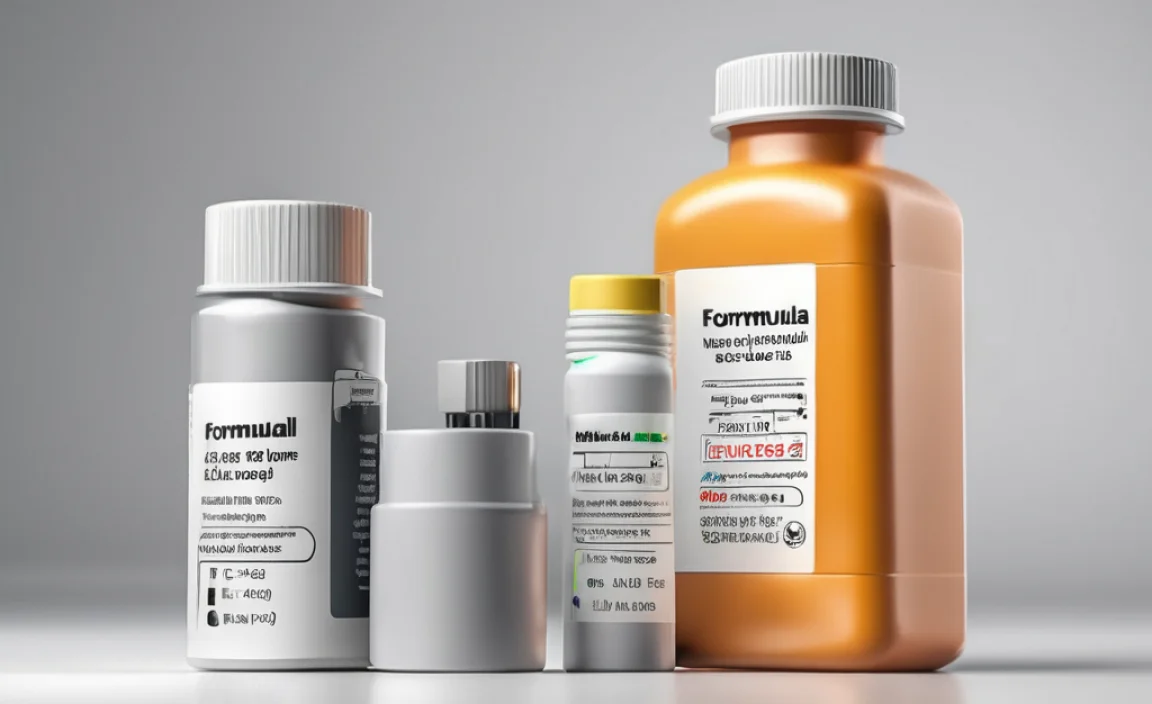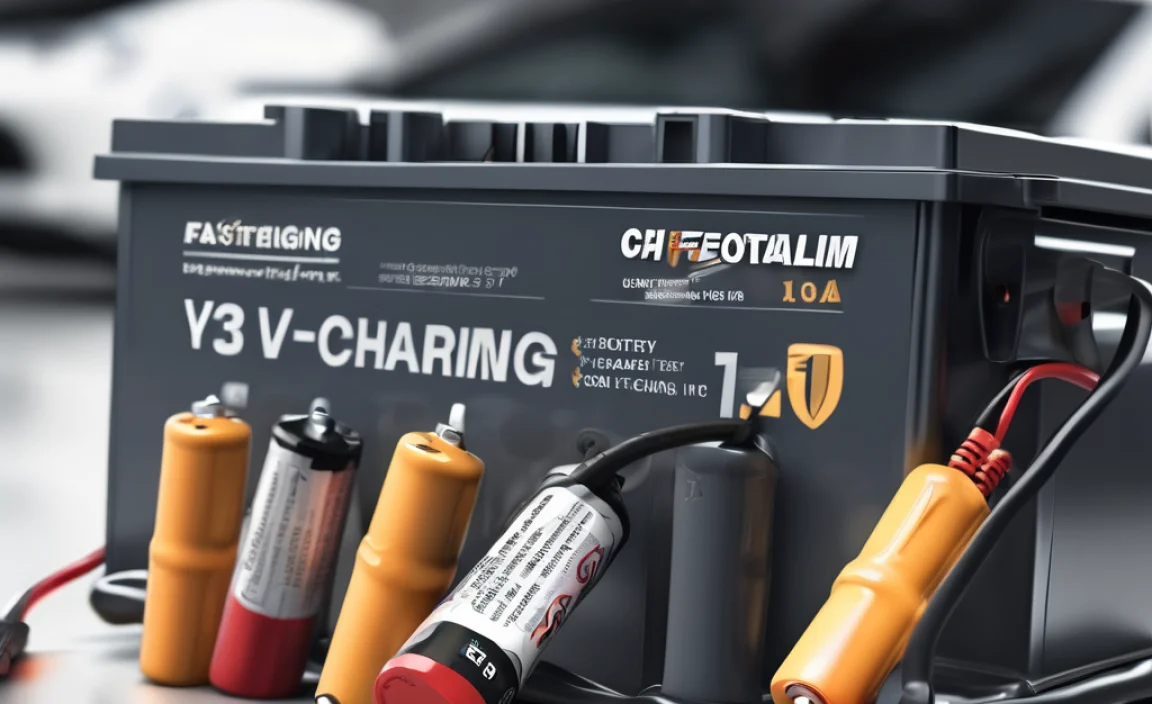The formula for battery acid, primarily consisting of sulfuric acid (H2SO4), is essential for understanding battery functionality and safety. This guide delves into its composition, importance, preparation, and maintenance for optimal battery performance.
Batteries are a cornerstone of modern technology, powering countless devices from smartphones to electric vehicles. At the heart of many of these batteries is battery acid, a critical component that facilitates the electrochemical reactions necessary for energy production and storage. Understanding the formula for battery acid is vital for anyone involved in manufacturing, maintenance, or recycling of batteries, ensuring safety and efficiency in their use.
Key Takeaways
- Sulfuric Acid Composition: The primary component of battery acid is sulfuric acid (H2SO4).
- Electrochemical Functionality: Battery acid is crucial for the chemical reactions in lead-acid batteries.
- Safety Precautions: Handling battery acid requires strict safety measures due to its corrosive nature.
- Environmental Impact: Proper disposal and recycling are essential to minimize environmental risks.
- Maintenance Practices: Regular checks and maintenance prolong battery life and efficiency.
What is formula for battery acid?

The formula for battery acid refers to the chemical composition that is commonly used in lead-acid batteries, primarily sulfuric acid. This chemical plays a fundamental role in facilitating the electrochemical processes that enable energy storage and discharge. Understanding this formula is crucial for ensuring safe handling, efficient battery performance, and proper disposal practices.
Understanding the Composition
- Sulfuric Acid (H2SO4): A highly corrosive mineral acid that serves as the electrolyte in batteries.
- Water (H2O): Battery acid is often diluted with water to achieve a suitable concentration for use.
- Density: The specific gravity of battery acid typically ranges around 1.25 to 1.3.
- Concentration: The sulfuric acid concentration in battery acid is usually about 30-50%.
The principal component of battery acid, sulfuric acid, is combined with water to form the ideal electrolyte solution. This mixture allows for the necessary chemical reactions in batteries, making it a key element in power generation and storage technologies.
Why formula for battery acid is Important?
The formula for battery acid is pivotal in the context of energy storage technologies, particularly for lead-acid batteries. Its importance spans from the operational effectiveness of batteries to safety measures and environmental considerations. Grasping the significance of battery acid’s formula is essential for various industries and applications.
Benefits of Understanding Battery Acid
- Efficiency: Proper acid concentration ensures optimal battery performance.
- Safety: Knowledge of chemical properties aids in safe handling and accident prevention.
- Longevity: Regular maintenance based on acid composition can extend battery life.
- Environmental Safety: Correct disposal and recycling minimize ecological impact.
- Cost-Effectiveness: Efficient acid management reduces replacement and repair costs.
Understanding the formula for battery acid is crucial for maximizing the efficiency and safety of battery operations while reducing environmental impact. This knowledge guides maintenance, handling, and disposal practices, ensuring prolonged battery life and cost savings.
Step-by-Step Guide to formula for battery acid
Step 1: Preparing the Solution
- Gather Materials: Obtain sulfuric acid and distilled water.
- Protective Gear: Wear gloves, goggles, and protective clothing.
- Concentration: Mix sulfuric acid with water to achieve 30-50% concentration.
Preparing battery acid involves mixing concentrated sulfuric acid with distilled water to achieve the appropriate dilution. Safety gear is essential to prevent injuries from the corrosive nature of sulfuric acid.
Step 2: Testing the Acid
- Use a Hydrometer: Measure the specific gravity to ensure correct concentration.
- Adjust if Necessary: Add more sulfuric acid or water to reach desired density.
Testing the battery acid with a hydrometer verifies that the specific gravity is at the optimal level for battery performance. Adjustments may be required to achieve the proper balance.
Step 3: Handling and Storage
- Safe Storage: Use acid-resistant containers for storage.
- Labeling: Clearly label containers with concentration and hazard information.
Storing battery acid safely requires acid-resistant materials and clear labeling to prevent accidents and ensure proper handling by anyone who interacts with the acid.
Alternative Methods / Tools
Pre-Mixed Battery Acid
- Convenience: Pre-mixed solutions eliminate the need for manual preparation.
- Safety: Reduced handling of concentrated acids minimizes risks.
- Consistency: Ensures uniform concentration and specific gravity.
Pre-mixed battery acid solutions offer a practical and safer alternative by providing ready-to-use acid with consistent concentration, ideal for users who prioritize convenience and safety.
Troubleshooting Common Issues
Issue: Low Battery Performance
- Check Acid Levels: Low acid levels can hinder performance.
- Ensure Correct Concentration: Use a hydrometer to verify specific gravity.
Ensuring the proper acid level and concentration in the battery can resolve performance issues. Regular checks and adjustments can prevent future occurrences.
Issue: Corrosion
- Inspect Connections: Corrosion can occur on terminals and connectors.
- Clean Regularly: Use a baking soda solution to neutralize acid residue.
Corrosion around battery terminals reduces efficiency and can be mitigated through regular cleaning and maintenance. Use neutralizing solutions to address acid spills effectively.
Advanced Techniques
Optimization of Acid Concentration
- Analyze Usage Patterns: Adjust acid concentration based on energy demands.
- Regular Monitoring: Frequent checks ensure optimal performance.
Advanced users can optimize battery performance by tailoring acid concentrations based on specific usage patterns. Regular monitoring and adjustments help maintain efficiency.
Prevention & Maintenance Tips
- Regular Inspections: Frequent checks prevent leaks and spills.
- Routine Cleaning: Remove corrosion to maintain conductivity.
- Proper Ventilation: Store batteries in well-ventilated areas to prevent gas buildup.
Implementing proactive maintenance and safety measures can significantly enhance battery lifespan, prevent accidents, and ensure consistent performance. Routine care is crucial for optimal operation.
According to Battery University 2025, proper maintenance can extend battery life by up to 30%.
Conclusion
Understanding and applying the correct formula for battery acid is fundamental for maximizing the efficiency and safety of battery technologies. Through proper preparation, handling, and maintenance, users can ensure optimal performance, longevity, and environmental safety. Empower yourself with knowledge and practical steps to handle battery acid responsibly.
Frequently Asked Questions
Question 1: What Is the Main Component of Battery Acid?
Answer: The main component of battery acid is sulfuric acid (H2SO4).
Question 2: Why Is Battery Acid Important?
Answer: Battery acid facilitates the electrochemical reactions necessary for energy storage and discharge in lead-acid batteries.
Question 3: How Is Battery Acid Concentration Measured?
Answer: Battery acid concentration is measured using a hydrometer to determine its specific gravity.
Question 4: Can Battery Acid Be Replaced?
Answer: Yes, battery acid can be replaced if degraded, but it should be done with caution and proper safety measures.
Question 5: What Safety Precautions Should Be Taken When Handling Battery Acid?
Answer: Use protective gear, such as gloves and goggles, and store the acid in acid-resistant containers with clear labeling.
Question 6: What Are the Environmental Concerns With Battery Acid?
Answer: Improper disposal of battery acid can lead to environmental pollution, making recycling and correct disposal crucial.
Question 7: How Often Should Battery Acid Levels Be Checked?
Answer: Battery acid levels should be checked regularly, typically every few months, to ensure optimal performance.
Question 8: What Are the Alternatives to Preparing Battery Acid at Home?
Answer: Pre-mixed battery acid solutions are available, providing a safer and more convenient option.
Question 9: How Can Battery Acid Spills Be Neutralized?
Answer: Use a baking soda solution to neutralize battery acid spills, preventing corrosion and damage.





